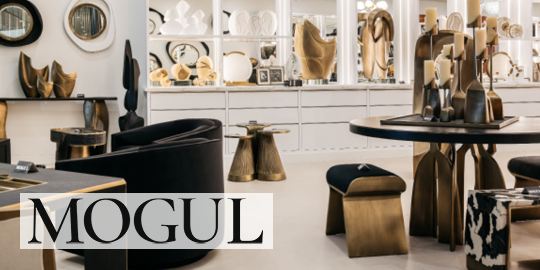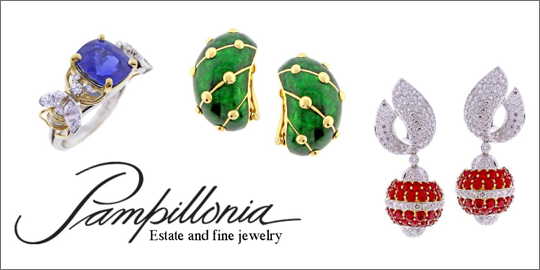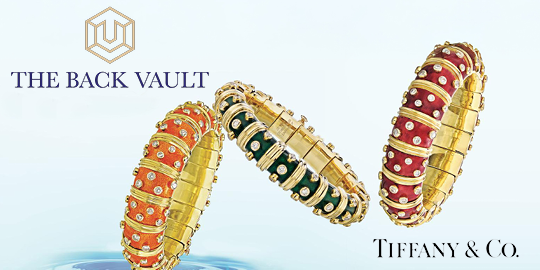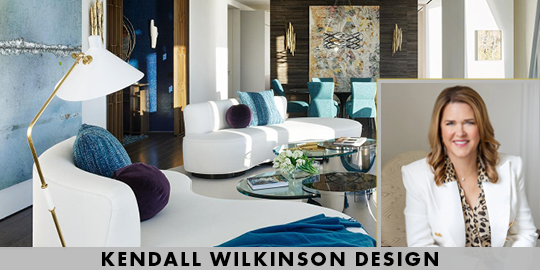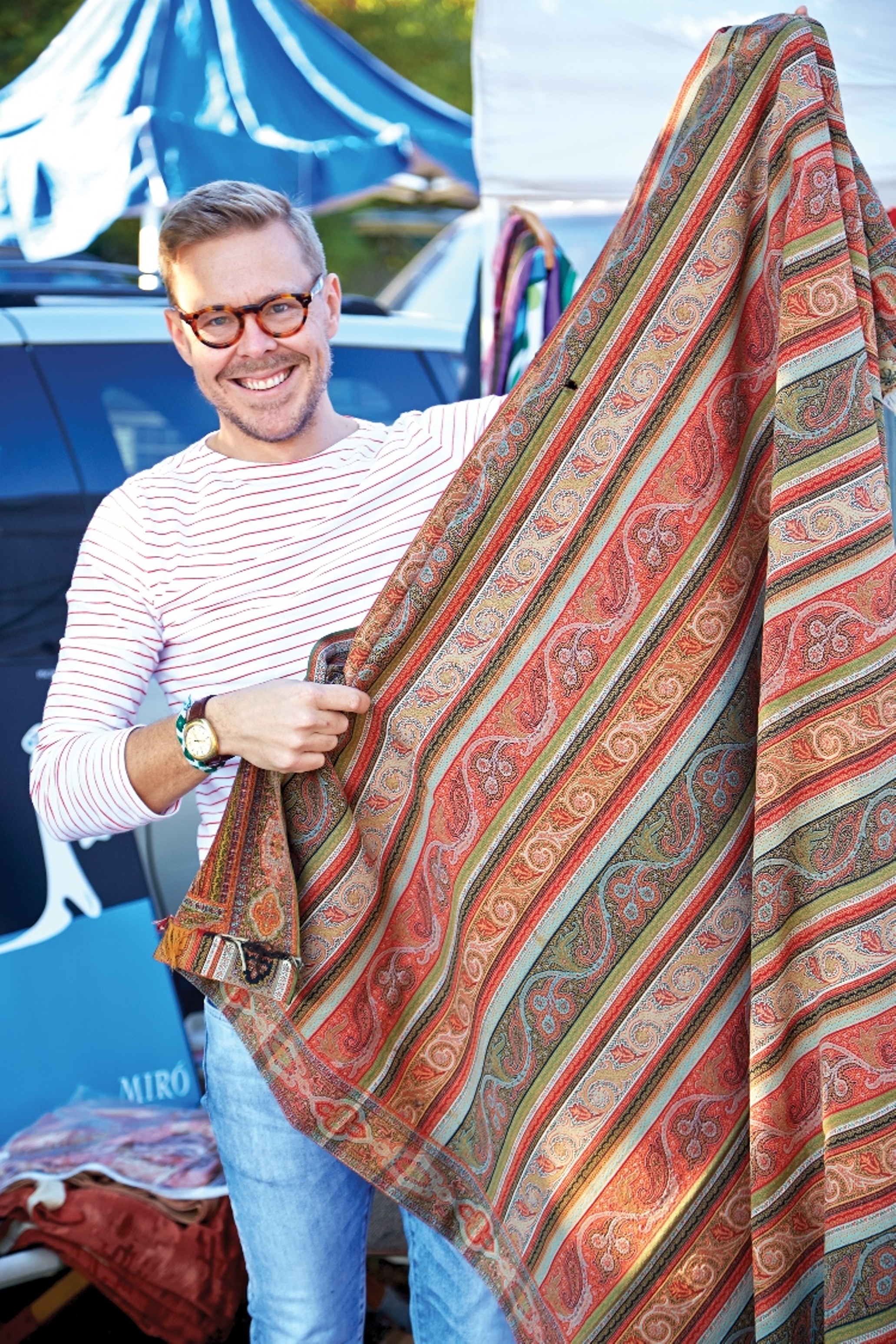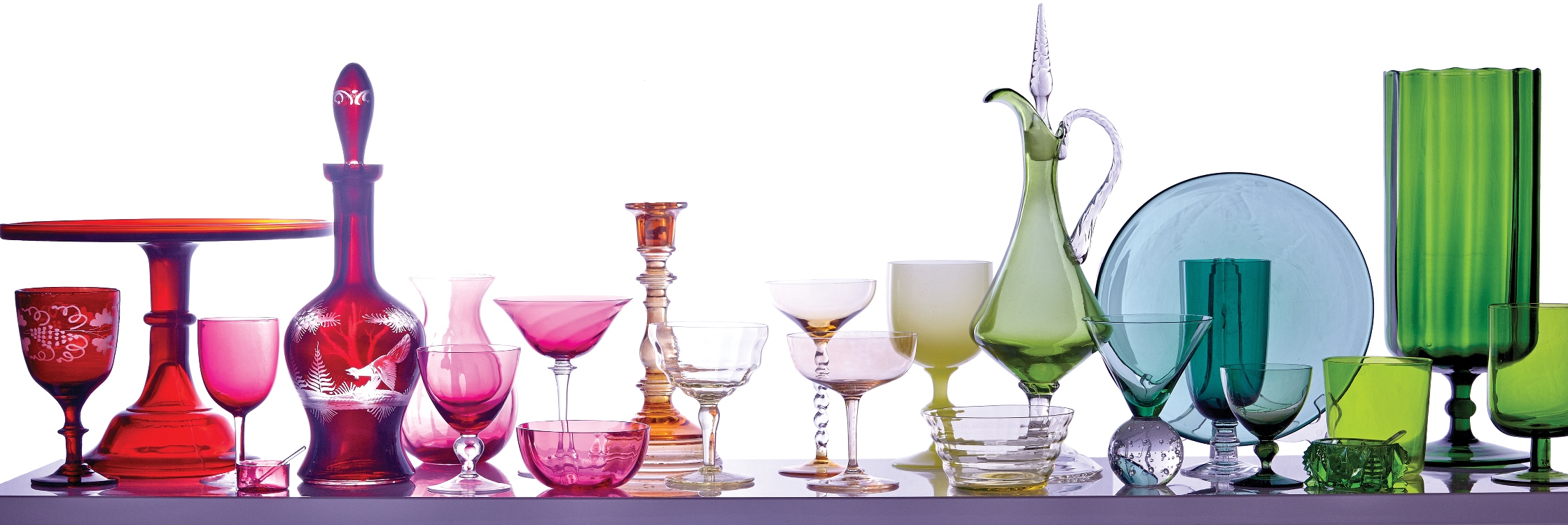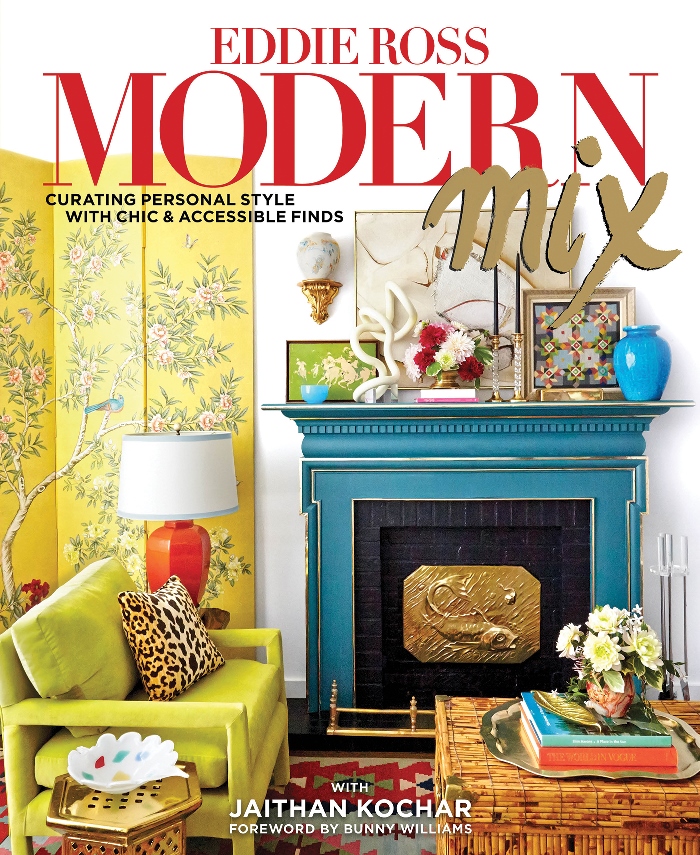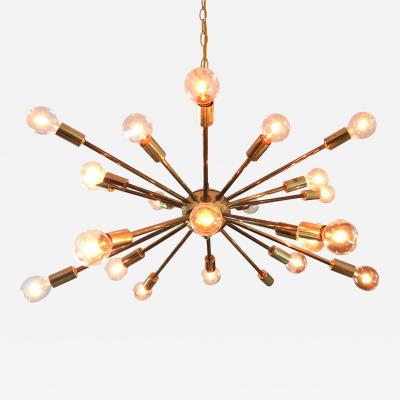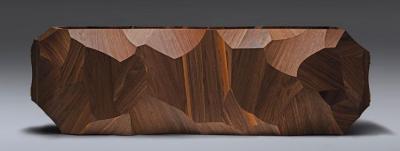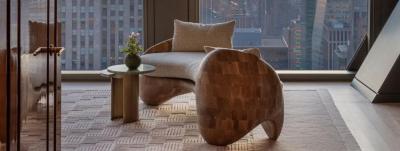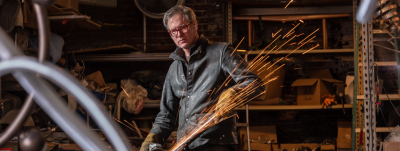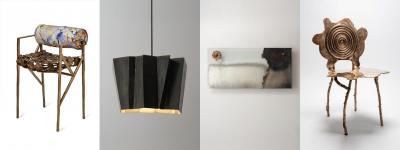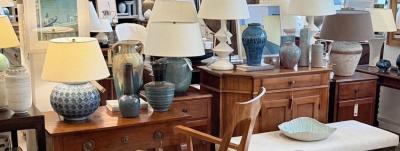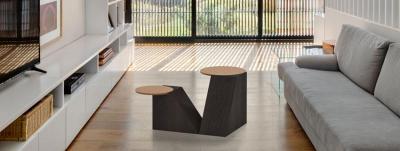The Tastemakers: A Conversation with Better Homes & Gardens’ East Coast Editor, Eddie Ross
Eddie Ross’ career trajectory has been just as exciting and unexpected as his singular style. A trained chef from the Culinary Institute of America, Ross worked as a design, decorating and food editor for an array of well-respected publications, including House Beautiful, Martha Stewart Living and Food Network, before stepping into his role as Better Homes & Gardens’ East Coast Editor in 2013.
Wielding a fun, fresh approach to design, decorating and entertaining, Ross is all about accessibility and inventiveness. A born treasure-seeker, Ross believes that when it comes to living a beautiful life, a keen eye and little chutzpah take precedence over limitless funds.
In addition to his work with Better Homes & Gardens, Ross shares his collecting and design prowess through guided flea markets tours (next stop: The Metrolina Extravaganza in Charlotte, NC, on April 1), where he offers tips for spotting exceptional finds and incorporating older pieces into modern interiors. Ross delves deeper into these topics and much more in his book, Modern Mix: Curating Personal Style with Chic & Accessible Finds.
We caught up with Eddie to discuss his transition from food to design, his advice for emerging collectors, and much more.
InCollect: You started out as a trained chef. What sparked your interest in the design industry?
Eddie Ross: Before I went to the Culinary Institute, I worked for a caterer in Greenwich, Connecticut, where I grew up. I was going into all of these beautiful homes and that’s what sparked my interest in interior design and entertaining. They didn’t just entertain — they entertained beautifully within these impeccably decorated homes.
IC: How did you learn about the material?
ER: My education was very hands-on and it started when I was working with the caterer. I was holding and washing these amazing objects. I didn't grow up with these expensive, unique pieces, but I loved them and I wanted to find a way to buy and learn about them. That’s when I discovered flea markets, tags, sales, and so forth. This was a time before camera phones so I tried to remember all of these patterns and markings and set out looking for them for prices I could afford.
IC: How would you describe your personal style?
ER: My style is a little bit of everything. My book is titled Modern Mix and that’s the lifestyle I've always lived —a mix of different styles, patterns, new and old, putting fresh spins on old things.
IC: Who are some of your favorite designers?
ER: Tony Duquette. I admire [fashion designer] Bill Blass as a collector. Bunny Mellon and CZ Guest — they all did a great job of incorporating family heirlooms and new, loved pieces into their lives.
IC: During your flea market tours, you often advise collectors who are just starting out. What kind of objects would you recommend to emerging collectors?
ER: A lot of people on my tours are looking for china, linen, glass and other decorative objects as well as smaller furniture pieces like side tables and lamps — I refer to these pieces as your arsenal of essentials. You need all of these oddities and collections and pieces to really make a room (or a party!) — these are the finishing touches that imbue a sense of personal style and make your home feel well-traveled.
IC: What are you top tips for incorporating old pieces into modern interiors?
ER: Try to strike a balance between opposing elements — traditional and modern, rough and refined, simple and elaborate — that works for you. When you do, you could pair something from 1890 with an object from 1970 and suddenly it all feels very 2016. But the bottom line is if you love it, that’s all that matters.
IC: Can you talk a bit about your role at Better Homes & Gardens?
ER: Better Homes & Gardens is about accessibility and adding beauty and color to your everyday life. When I took this job, it really spoke to me because I love to live a beautiful life with beautiful things, but I don't have endless funds. The magazine really affects people in a positive way and that’s one of the things that I love the most about it.
IC: What kind of objects do you live with at home?
ER: I love antique tabletop pieces — glassware, silver, linen, decorative accessories, books. These are the little things that add a big impact to a space.
IC: What is your favorite room to design?
ER:My partner Jaithan and Ijust bought a new house and I’m very excited about designing the butler's pantry. At one point, it was taken out of the house. We’re going to put it back, so I can’t wait to update and organize it while still respecting its original 1920s Colonial style.
IC: What is something our readers might not know about you (i.e., secret hobby, passion or interest)?
ER: As a child, I wanted to be an archaeologist. I just loved finding things and I it’s what drives me to find that needle in a haystack today. For instance, one time I found this beautiful, French Opaline glass box at a garage sale. I mean, it was just filled with greasy nails!
IC: What are some of the most important things that you’ve learned over the course of your career?
ER: Patience! Despite what we all see on TV, decorating is not about instant gratification. The fun part is watching it grow and evolve and buying things here and there. It will start to come together. Also, the importance of quality. Something that’s hand-made and hand-lacquered will become a family heirloom. You have to have a sense of save and splurge — save on some things but then splurge on a great fabric or a beautiful piece of lighting — something that will really make a statement.








